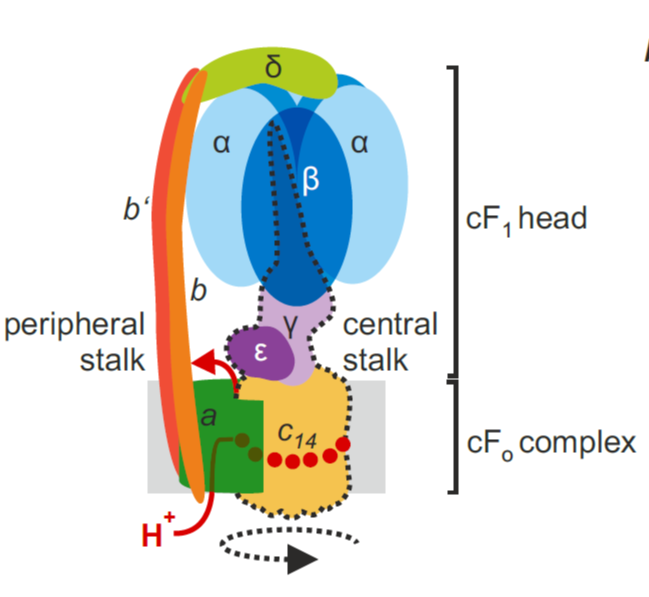
Review. Chloroplast ATP synthase: From structure to engineering
Plant Science Research WeeklyI remember how amazed I was the first time I saw an animation of ATP synthase doing its job. This fantastic engine is largely conserved across the domains of life, with some variation as highlighted in this review of the chloroplast ATP synthase by Rühle et al. The plastid form is a rotary form, written…
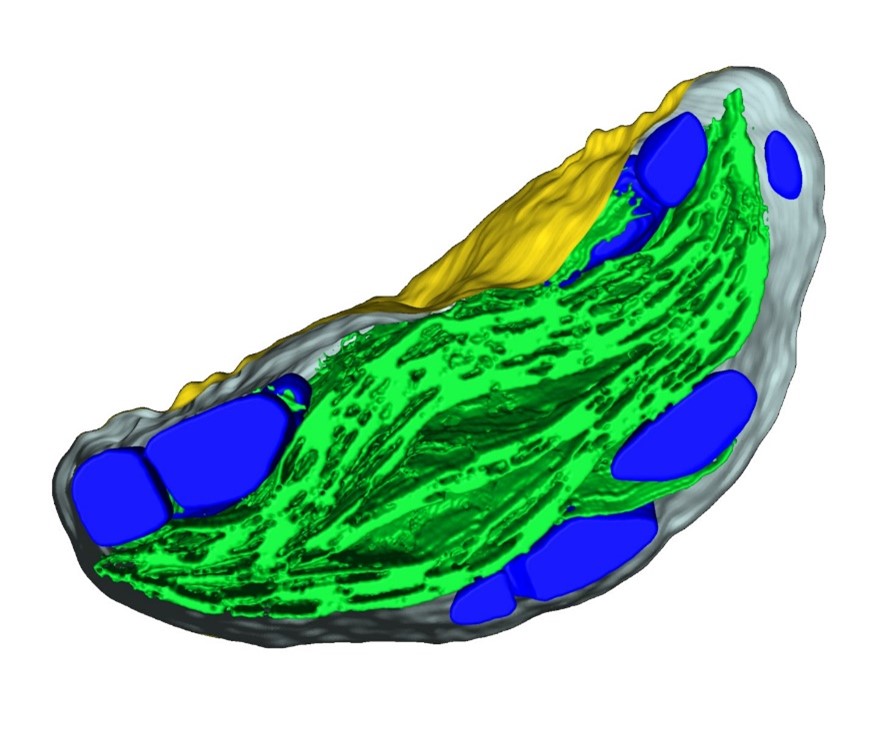
Altering the location of starch granules by relocalizing a starch granule initiation protein
Plant Science Research WeeklyStarch granules are synthesized in leaf chloroplasts during the day and degraded at night to provide carbon. MFP1 (MAR-BINDING FILAMENT-LIKE PROTEIN 1) is known to have a role in starch granule initiation, but its mechanistic role has been unknown. Sharma et al. hypothesized MFP1’s thylakoid localization…
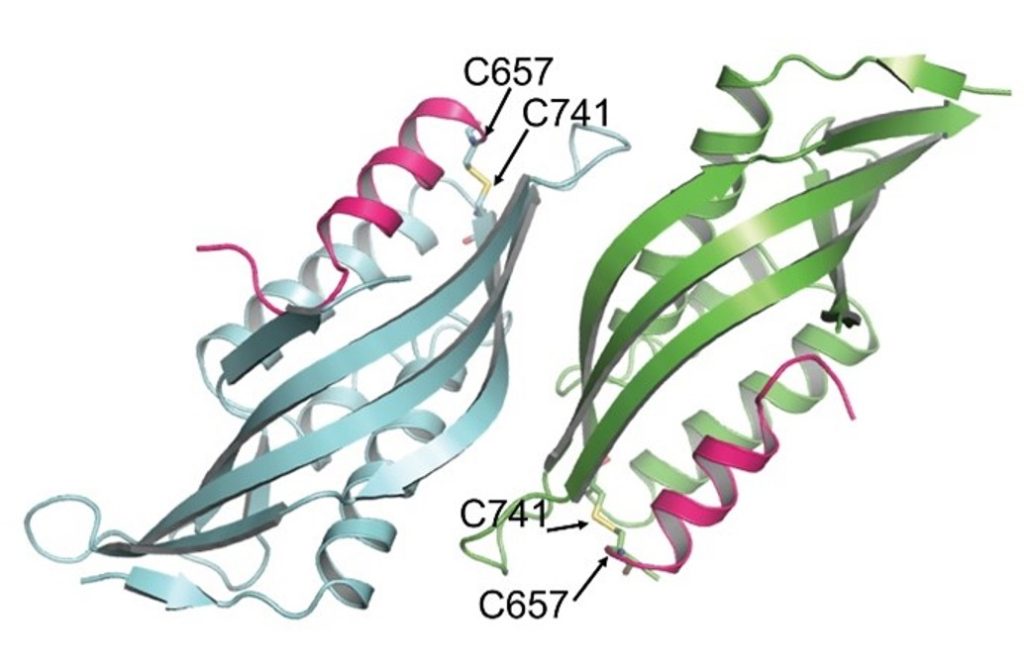
Insights into the chloroplast division site regulators and light
Plant Science Research WeeklyChloroplasts divide by binary fission driven by a protein ring, the position of which is regulated by the Min system (derived from the system in bacteria). The inner envelope membrane protein PARC6 (PARALOG OF ARC6) is a key component. Here Sun et al. generated crystal structures showing that PARC6 interacts…
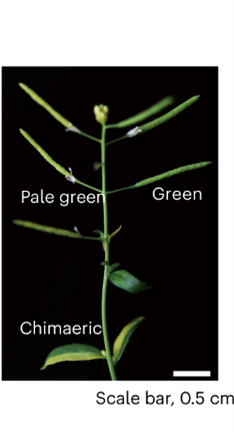
Targeted A-to-G base editing of chloroplast DNA in plants
Plant Science Research WeeklyThe chloroplast has its own genome which encodes proteins needed for chloroplast function. Editing these genes via CRISPR-Cas9 is difficult due to challenges in targeting guide RNAs to the chloroplast. Instead, base editors can be used, but these were originally developed for cytosine to thymine edits…

TOC-TIC supercomplex structure
Plant Science Research WeeklyIn an evolutionary plot twist, most of the proteins needed inside the chloroplast are encoded in the nucleus and translated in the cytosol as preproteins. The preproteins are imported into the chloroplast through two membranes (outer and inner). Genetic and biochemical approaches have revealed many of…
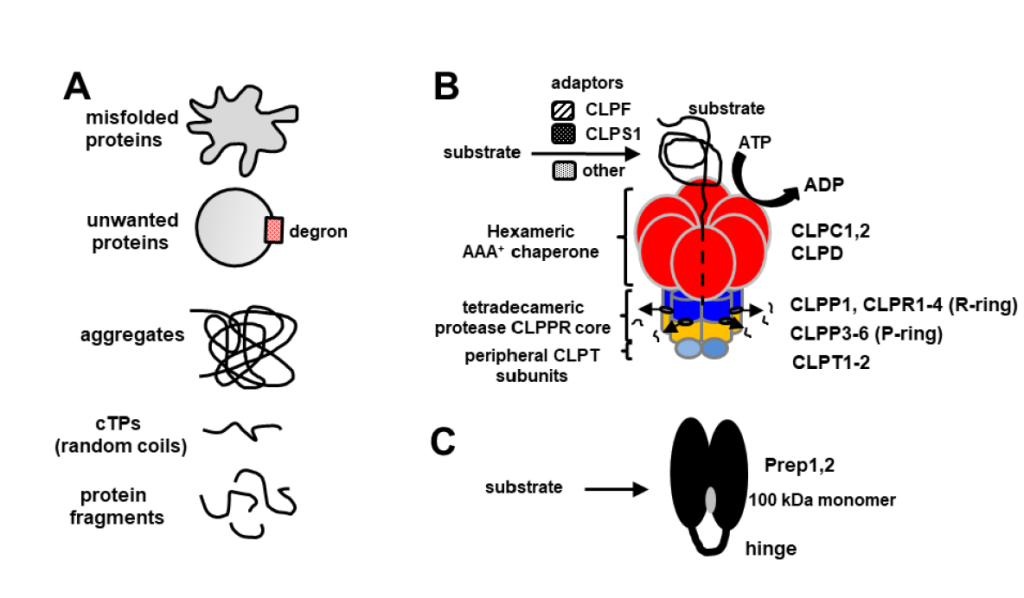
The CLP and PREP protease systems coordinate maturation and degradation of the chloroplast proteome in Arabidopsis thaliana (New Phytol.)
Plant Science Research WeeklyThe ATP-dependent CLP chaperone-protease system is a crucial part of the peptidase network required to maintain proteostasis in the Arabidopsis chloroplast. Its substrates include misfolded and aggregated proteins of any size, and it is essential for plant growth and development. PREP1,2 peptidases are…
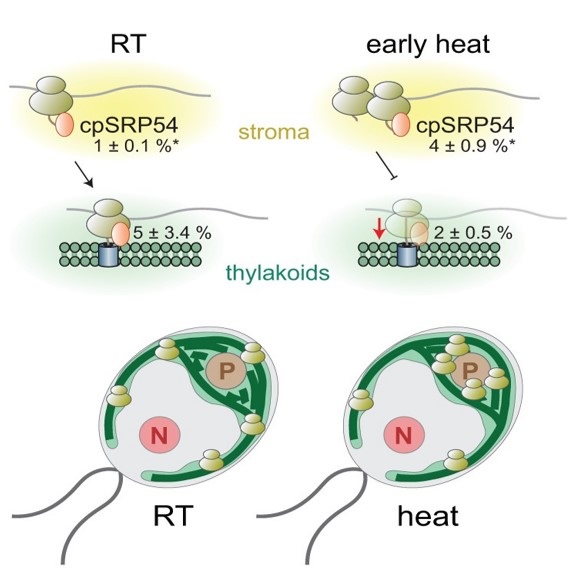
Fast and global reorganization of the chloroplast protein biogenesis network during heat acclimation (Plant Cell)
Plant Science Research WeeklyWith the rising climatological extremes, heat stress is a major concern towards sustainable crop yield and productivity as it impairs several physiological and developmental processes. Due to the sessile lifestyle of land plants, they undergo various acclimation responses to cope with fluctuating temperatures.…

